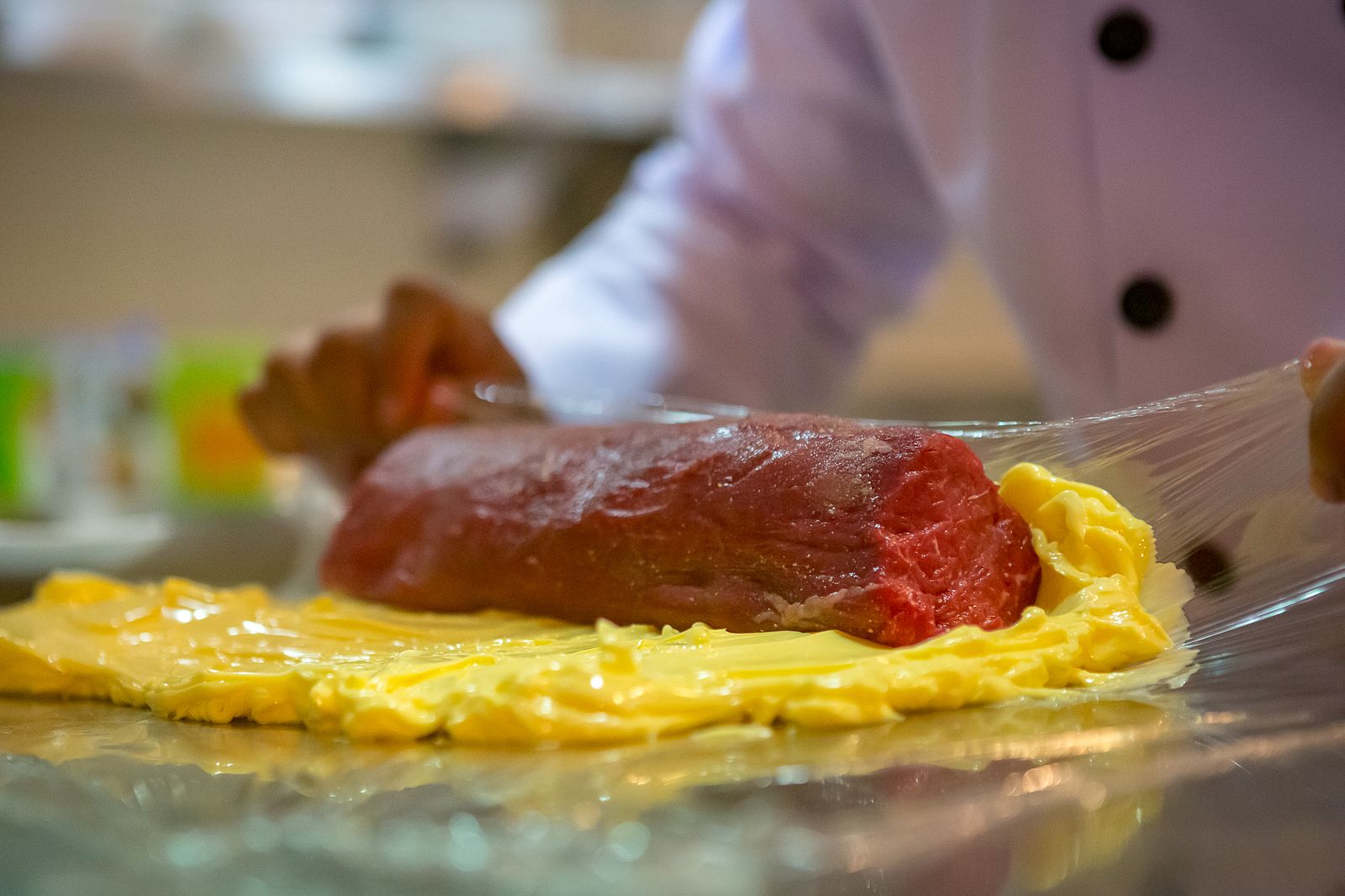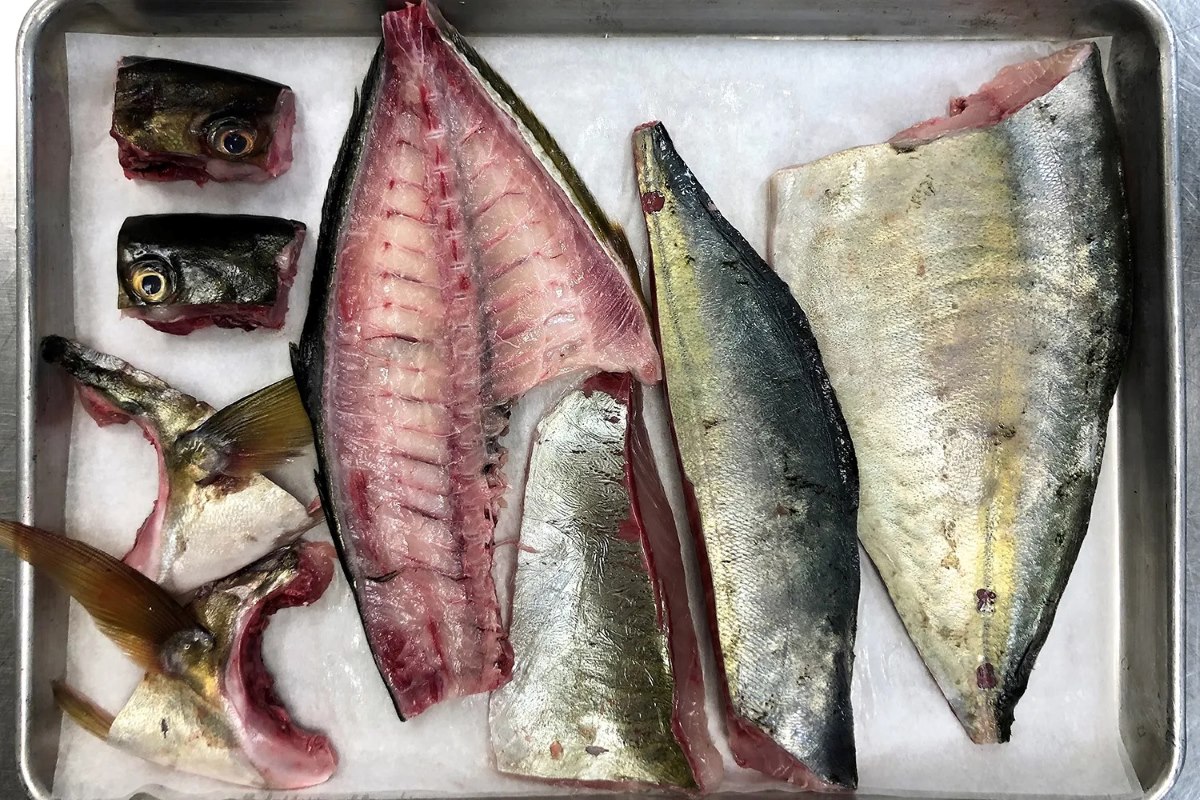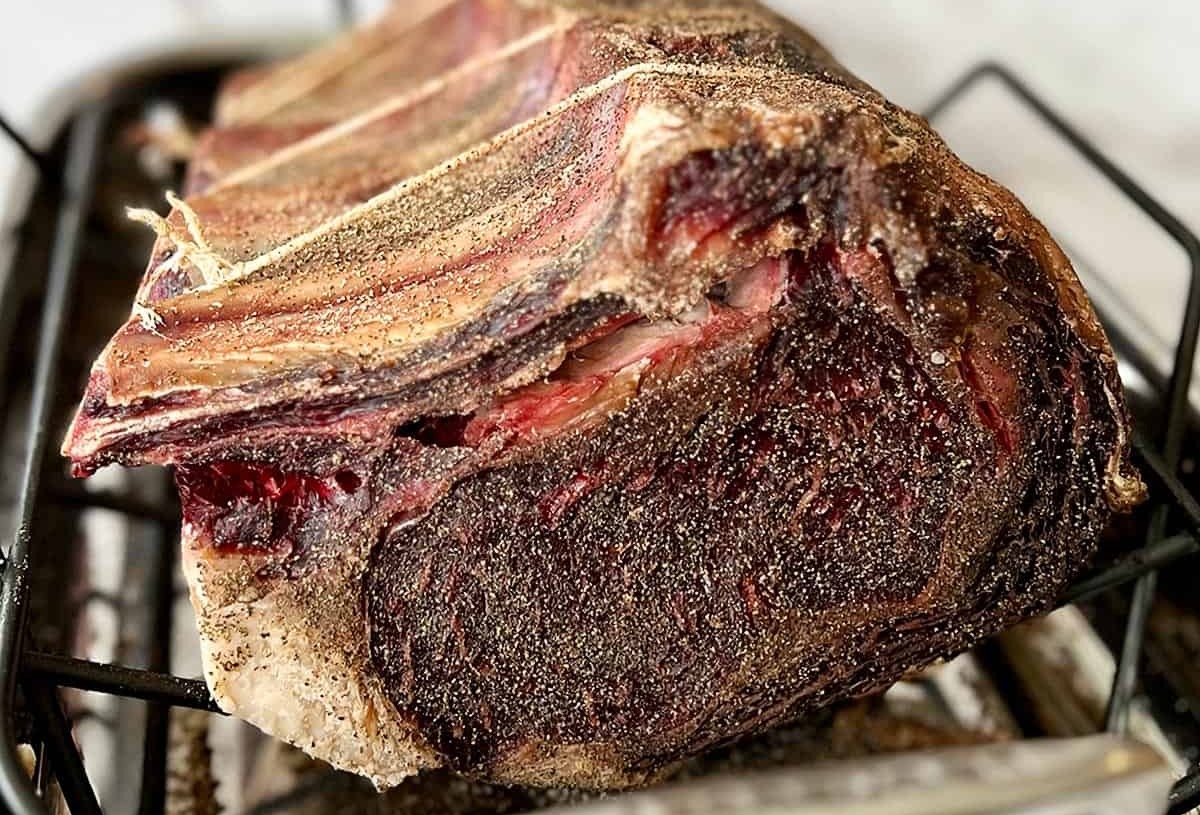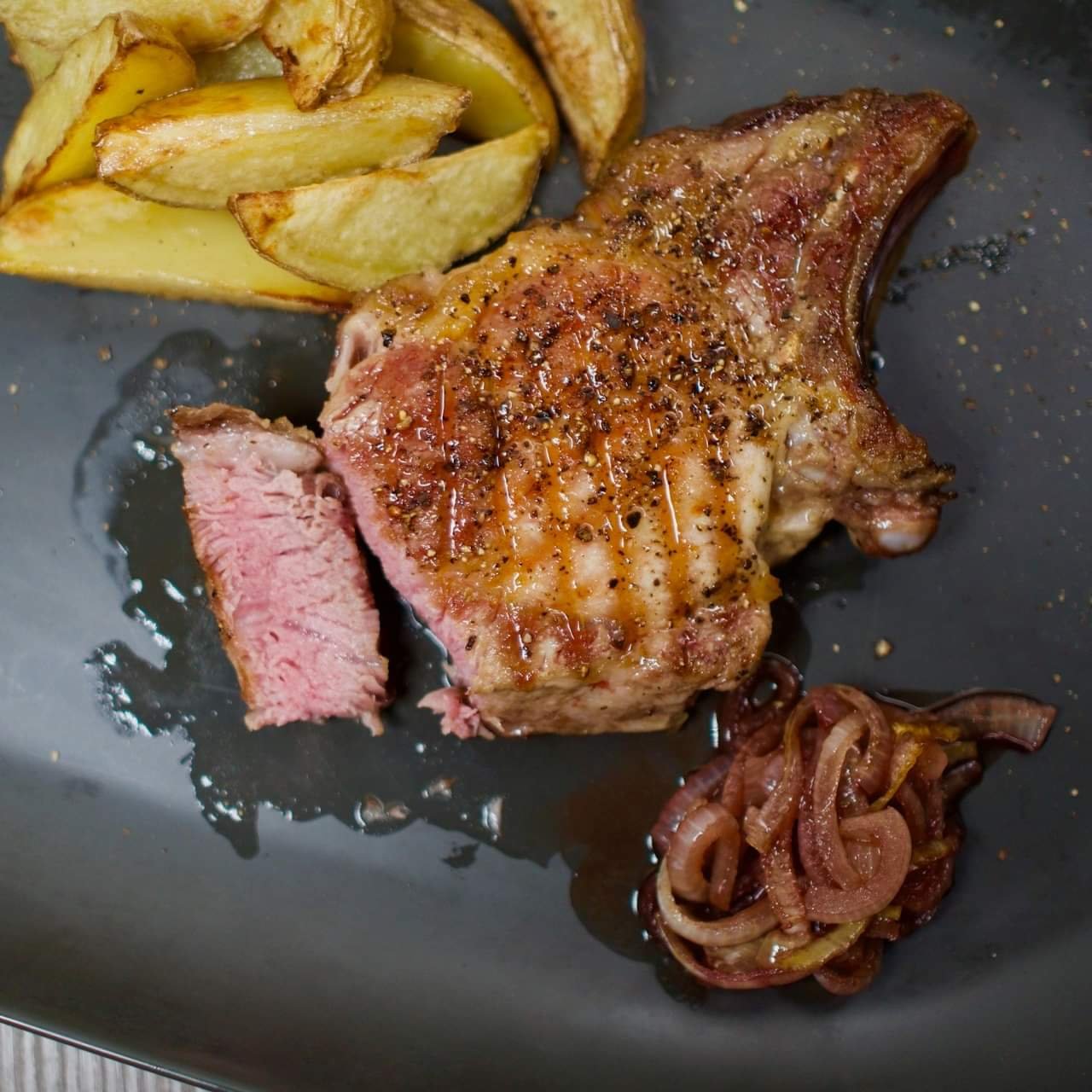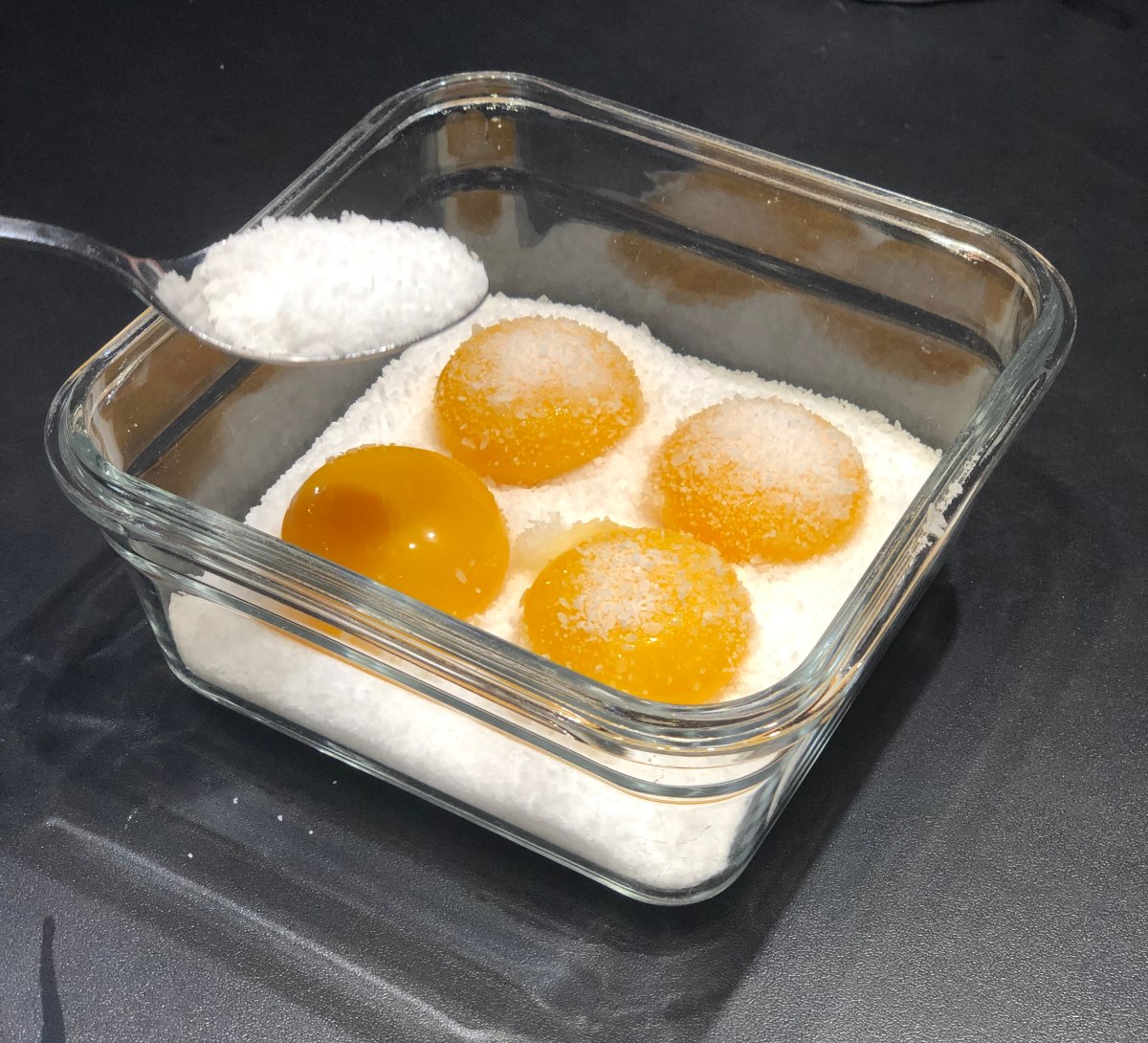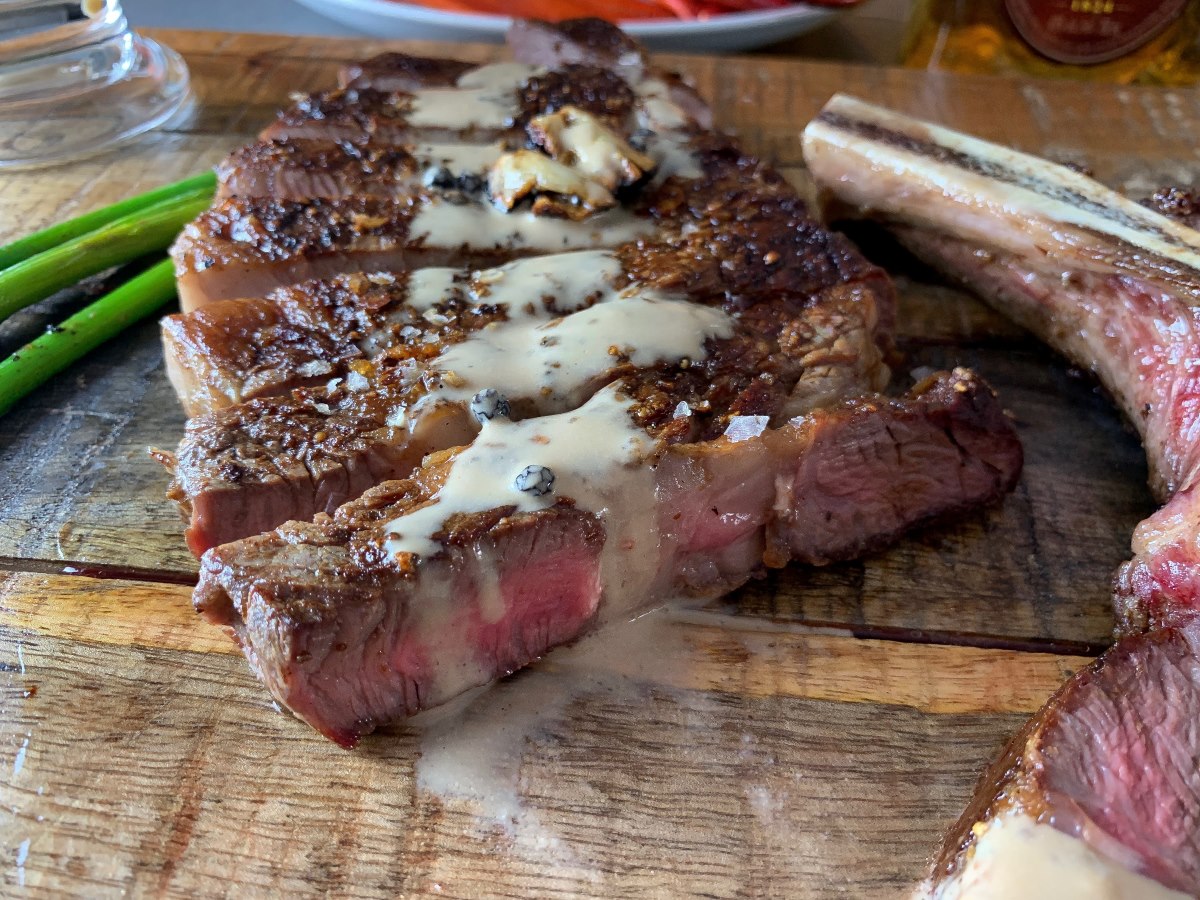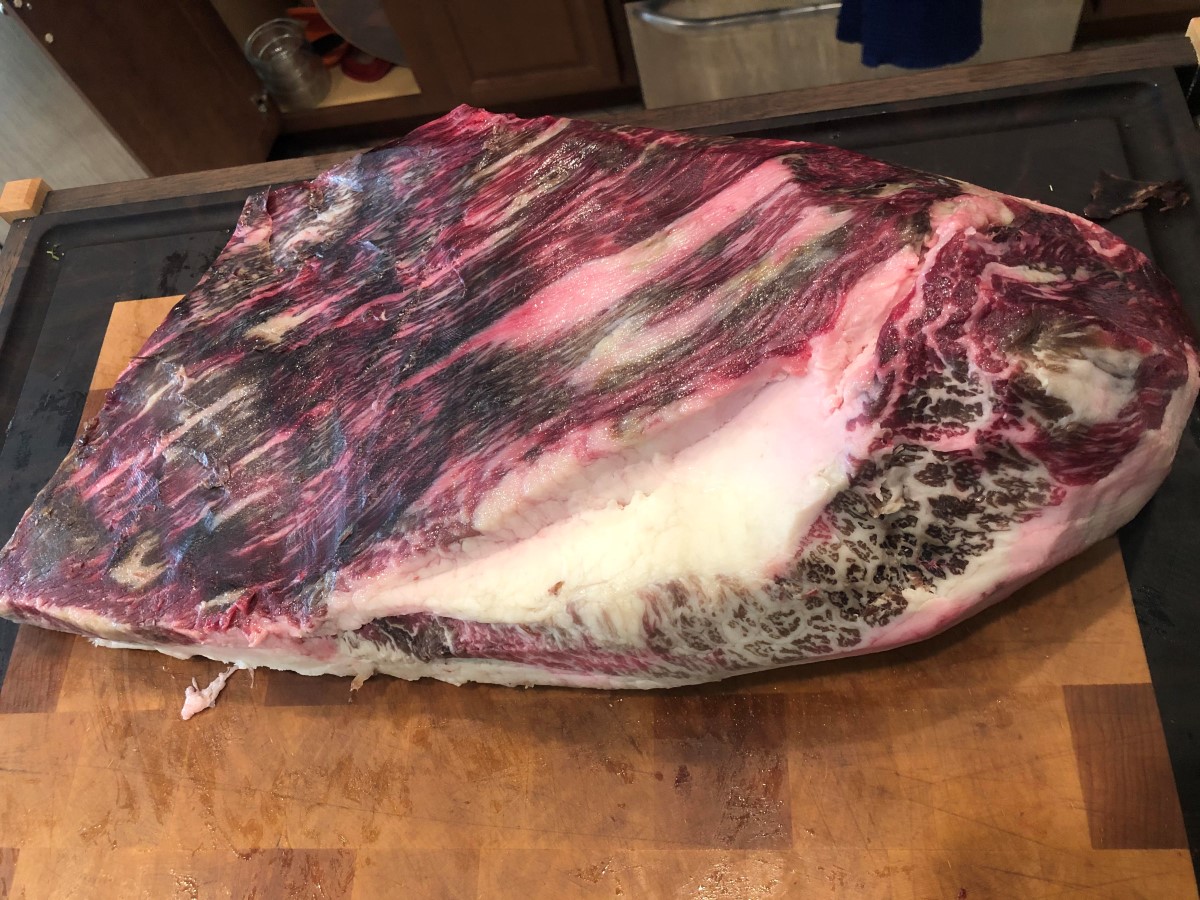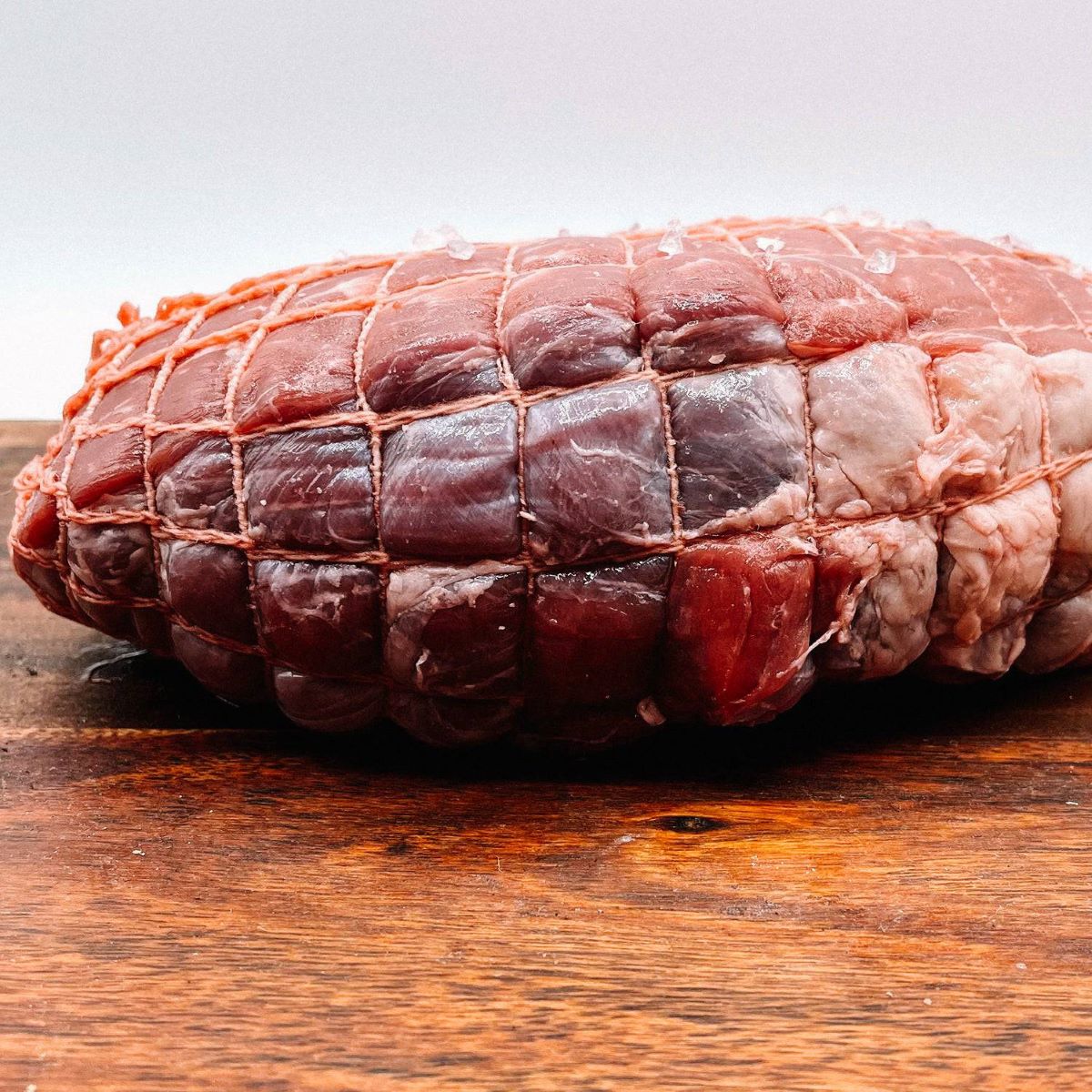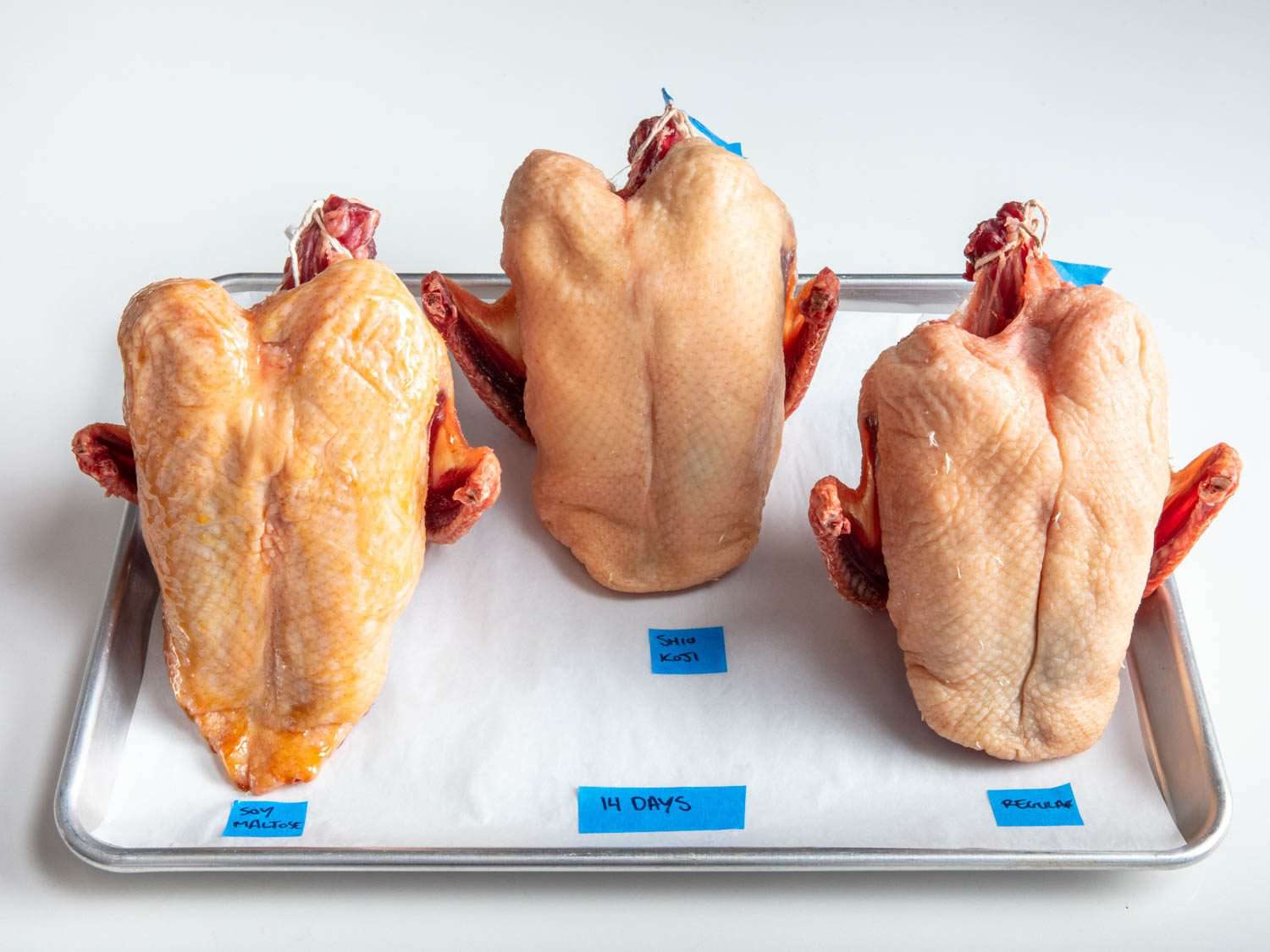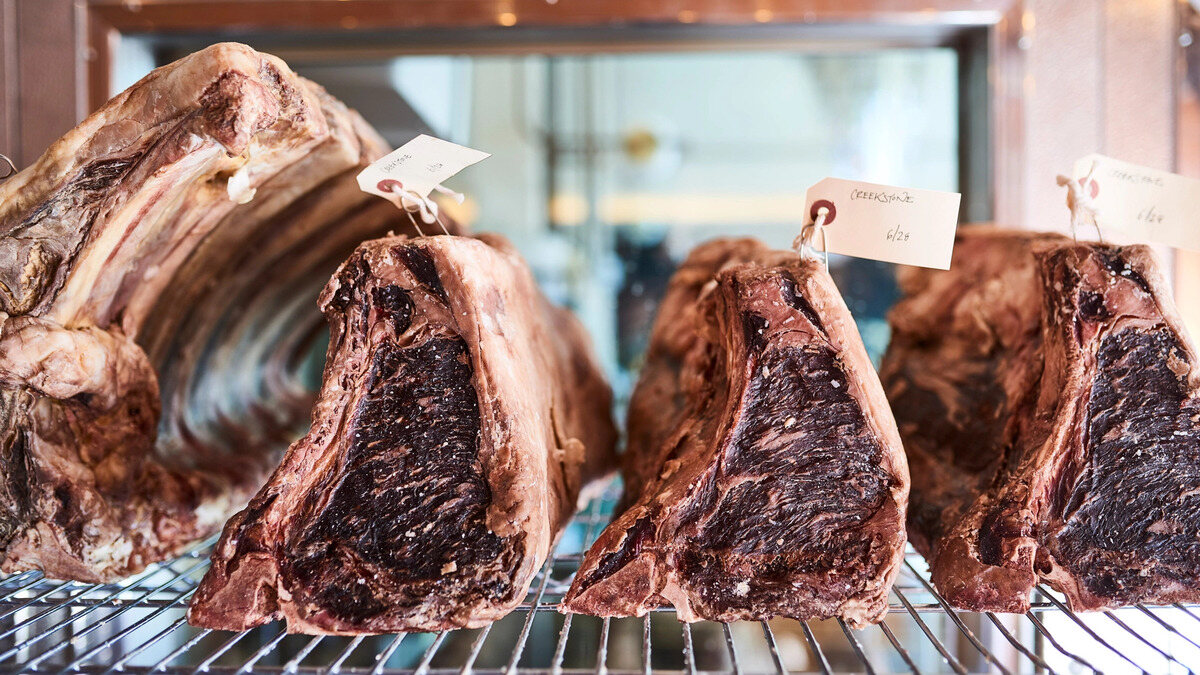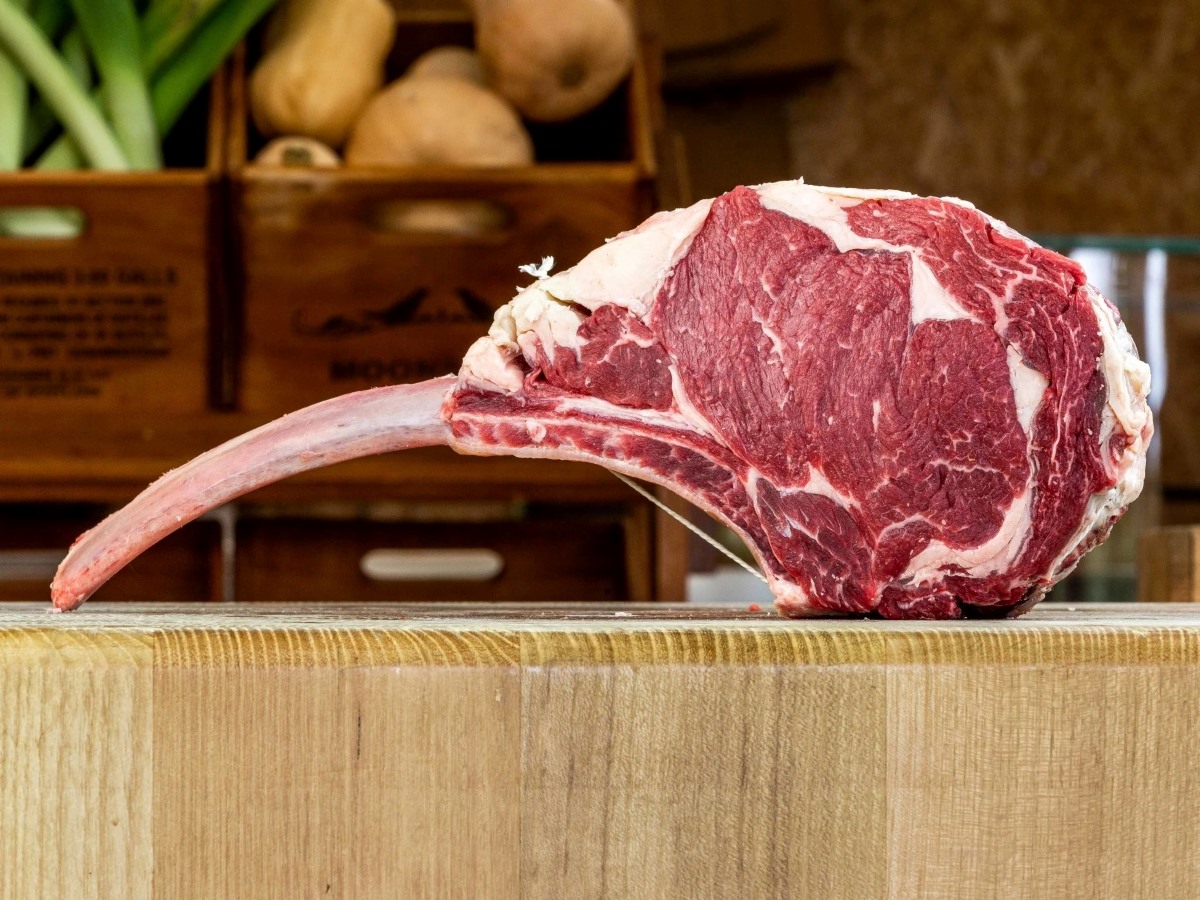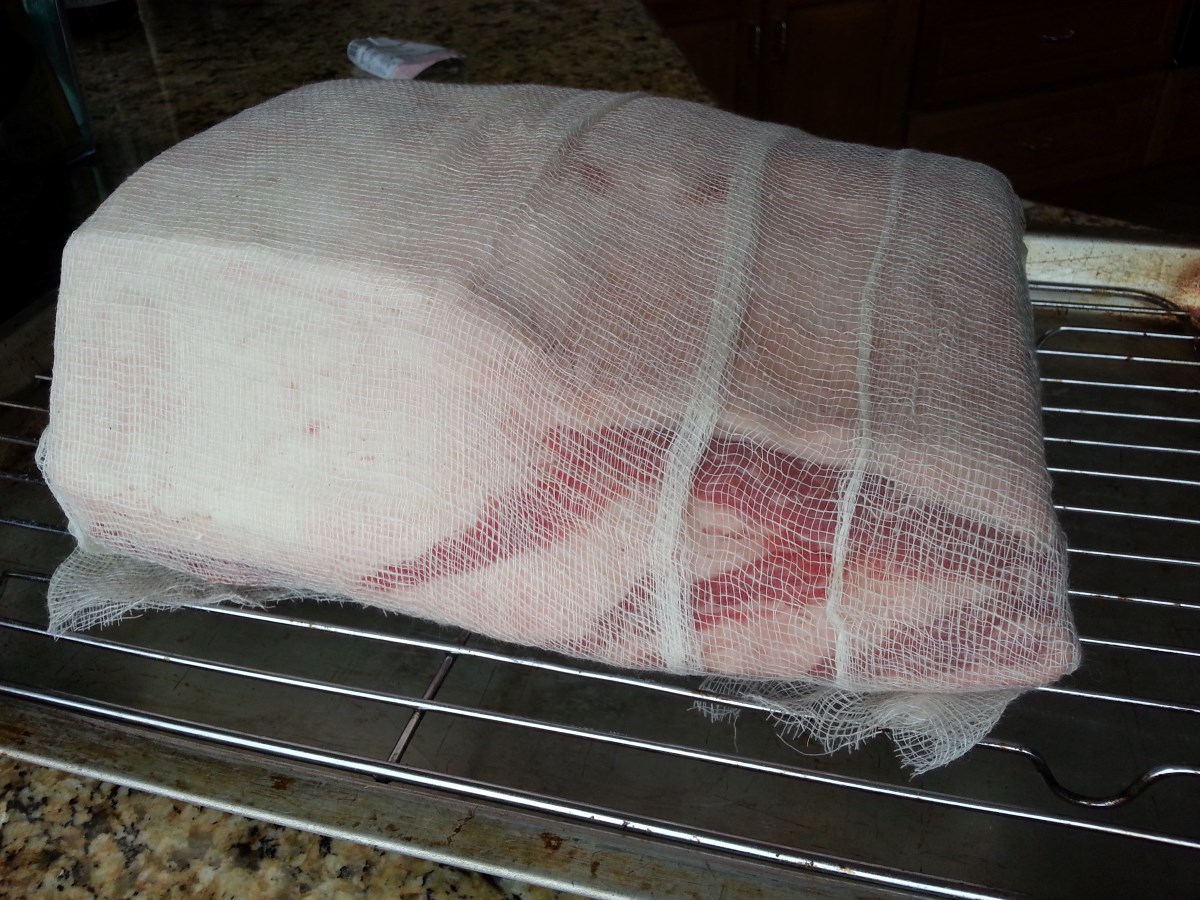Discover the Art of Dry Aging a Beef Tenderloin
Are you a steak enthusiast looking to elevate your culinary skills? Dry aging a beef tenderloin is a time-honored technique that results in a tender, flavorful steak that will impress even the most discerning palates. While the process may seem intimidating at first, with the right guidance, you can master the art of dry aging in your own kitchen. Read on to learn the step-by-step process of dry aging a beef tenderloin and unlock the secrets to achieving restaurant-quality results at home.
Choosing the Right Cut
Before you embark on your dry aging journey, it’s essential to start with a high-quality beef tenderloin. Look for a well-marbled, USDA Prime or Choice grade cut, as the marbling will contribute to the rich flavor and succulence of the aged steak. Additionally, ensure that the beef tenderloin is properly trimmed, with excess fat and silverskin removed to facilitate the aging process.
Preparation and Equipment
Once you have selected the perfect beef tenderloin, it’s time to gather the necessary equipment for dry aging. You will need a dedicated refrigerator with a consistent temperature of 34-38°F (1-3°C), a wire rack, and a pan to catch any drippings. It’s crucial to maintain a clean and sanitized environment to prevent any unwanted bacteria from affecting the aging process.
The Dry Aging Process
Step 1: Place the trimmed beef tenderloin on a wire rack set over a pan to catch any drippings. This setup allows for air circulation around the entire cut, promoting even drying.
Step 2: Place the beef tenderloin in the dedicated refrigerator and allow it to dry age for a minimum of 14 days. For enhanced flavor and tenderness, some enthusiasts opt for aging periods of 21-28 days.
Step 3: Monitor the beef tenderloin regularly, ensuring that the refrigerator’s humidity levels remain between 75-85%. This controlled environment is essential for the development of the desired flavor profile and texture.
The Moment of Truth
After the designated aging period has elapsed, it’s time to unveil the fruits of your labor. Carefully remove the beef tenderloin from the refrigerator and trim off any dry, hardened exterior to reveal the beautifully aged meat beneath. You’ll notice a concentrated beefy aroma and a deep, mahogany-colored exterior, indicating the transformation that has taken place during the aging process.
Preparing and Savoring the Aged Beef Tenderloin
Now that your beef tenderloin has undergone the transformative dry aging process, it’s ready to be transformed into a spectacular steak. Whether you prefer grilling, pan-searing, or roasting, the aged beef tenderloin will reward you with unparalleled depth of flavor and melt-in-your-mouth tenderness. Remember to season the steak simply with salt and pepper to allow the natural richness of the aged beef to shine through.
As you savor each delectable bite of your dry-aged beef tenderloin, take pride in the fact that you have mastered a time-honored culinary technique that is revered by chefs and food enthusiasts around the world. The unparalleled depth of flavor and tenderness achieved through dry aging will elevate your steak experience to new heights, leaving a lasting impression on your taste buds and those of your fortunate dining companions.
Conclusion
Dry aging a beef tenderloin is a rewarding culinary endeavor that unlocks the full potential of this prized cut of meat. With patience, attention to detail, and the right conditions, you can achieve exceptional results in the comfort of your own kitchen. Embrace the art of dry aging, and treat yourself to the incomparable pleasure of savoring a perfectly dry-aged beef tenderloin.
So, are you ready to embark on your dry aging journey and savor the unmatched flavor and tenderness of a dry-aged beef tenderloin? Gather your tools, select a top-quality beef tenderloin, and let the transformative process of dry aging work its magic. Your taste buds will thank you!
Was this page helpful?
Read Next: How To Dry Age Sirloin Tip Roast
